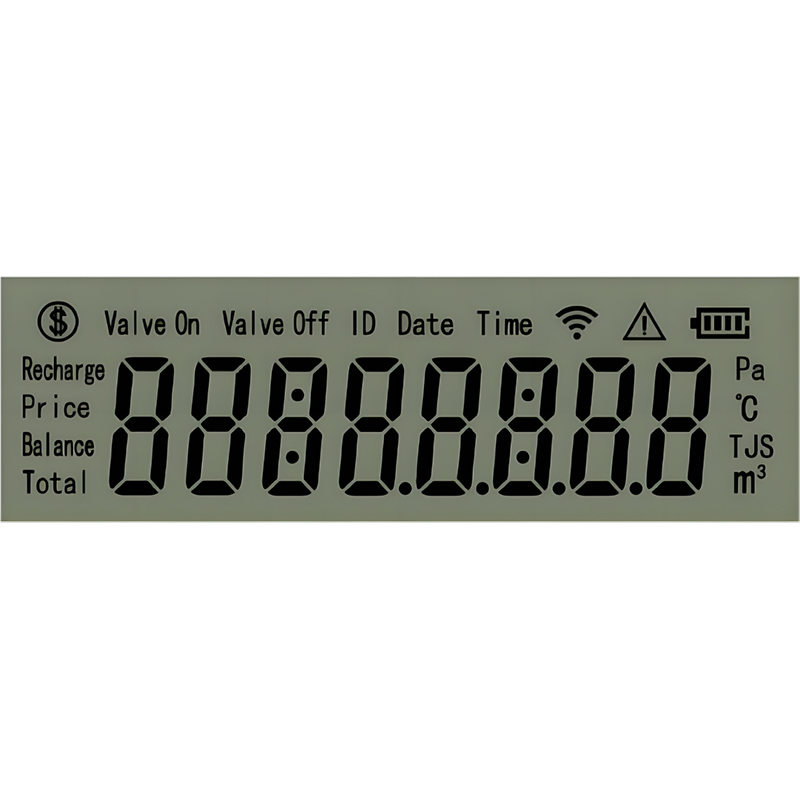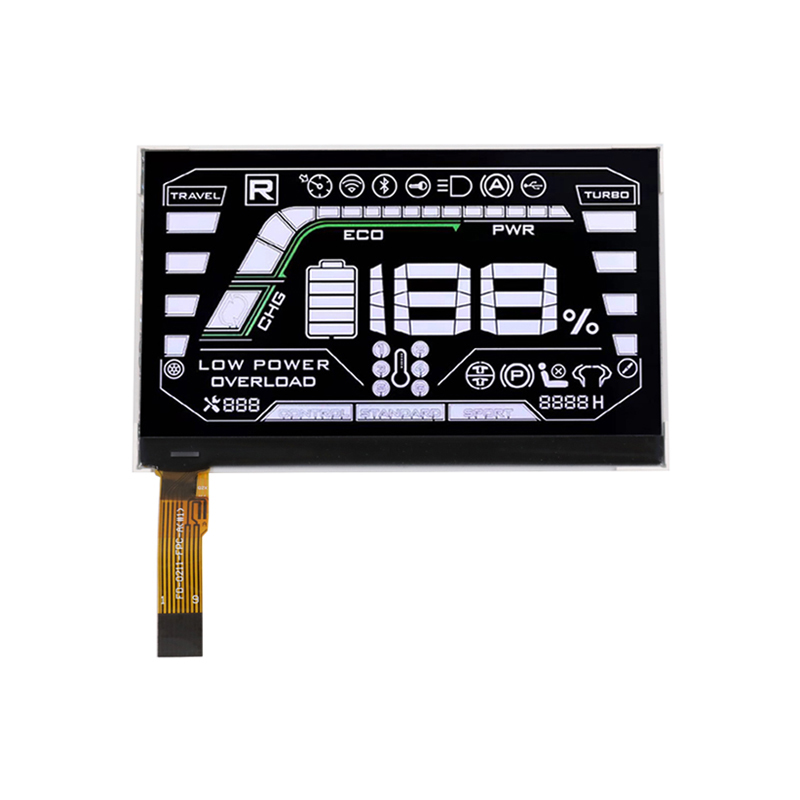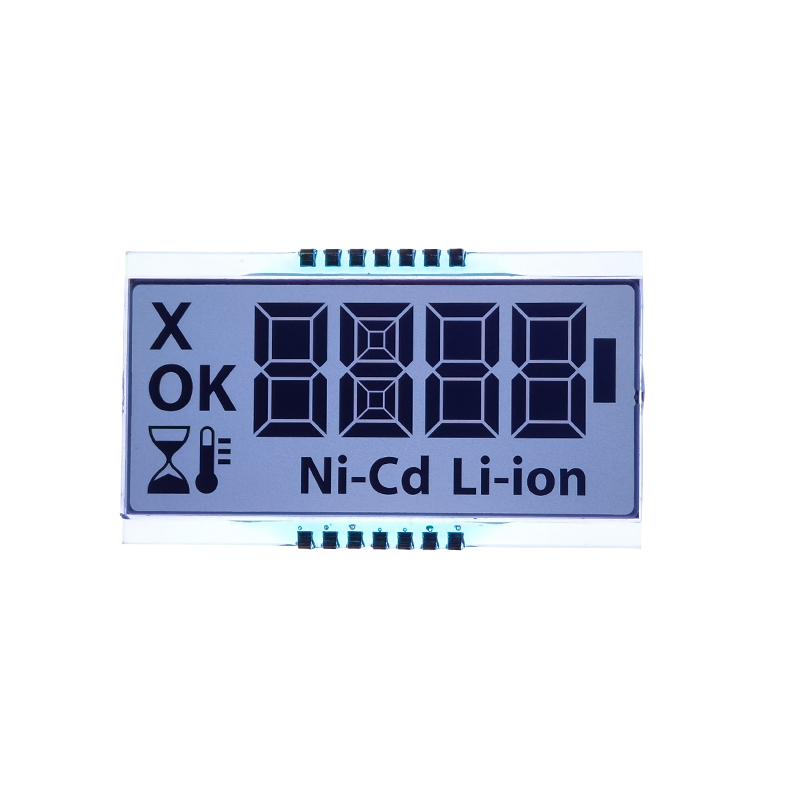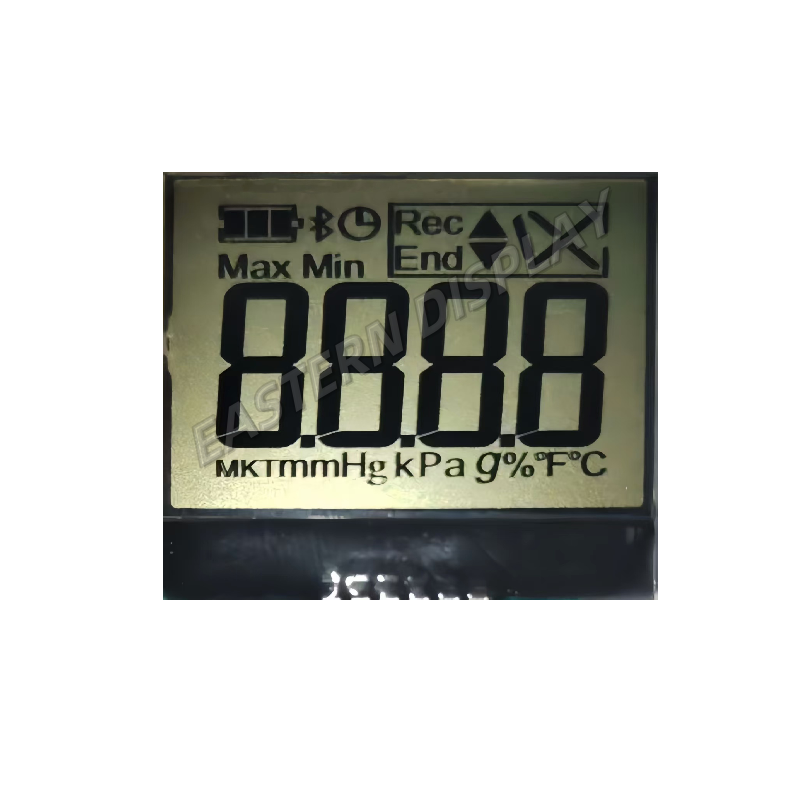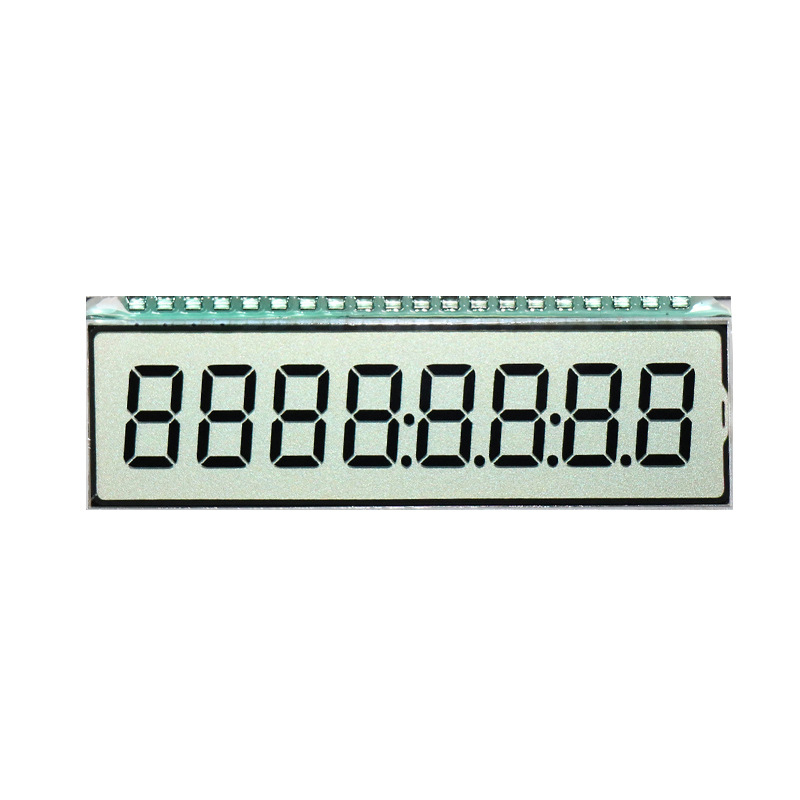
An 8x8 dot matrix display is a type of LED or LCD display that arranges 64 individual light-emitting elements (dots) in an 8x8 grid. This arrangement allows for the display of characters, numbers, and simple graphics. Understanding the capabilities and limitations of these displays is crucial for selecting the right one for your project. This guide explores various aspects of 8x8 dot matrix displays, providing you with the knowledge to make informed decisions.
8x8 dot matrix displays operate by selectively illuminating individual LEDs or pixels within the grid. Each dot can be turned on or off independently, enabling the creation of various patterns. The display's controller receives data specifying which dots should be lit, resulting in the visual representation of text or graphics. Common technologies include LED and LCD, each with its strengths and weaknesses.
Both LED and LCD technologies are used in 8x8 dot matrix displays. LEDs (Light Emitting Diodes) offer higher brightness and faster response times, while LCDs (Liquid Crystal Displays) generally consume less power and are more suitable for applications where low power consumption is critical. The choice depends on your specific project requirements.
8x8 dot matrix displays find applications in various devices and systems. Common examples include:
Selecting the appropriate 8x8 dot matrix display involves considering factors like:
| Feature | Advantages | Disadvantages |
|---|---|---|
| Cost | Relatively inexpensive compared to more complex displays. | May be more expensive than simpler seven-segment displays for very basic applications. |
| Size | Compact and easily integrated into various devices. | Limited display area compared to larger displays. |
| Power Consumption | LED versions can consume significant power; LCD versions are generally more power-efficient. | Can drain battery life quickly in portable devices, especially for LED-based displays. |
| Resolution | Limited resolution restricts the complexity of images or characters that can be displayed. | Suitable only for displaying simple text, numbers, and basic graphics. Not suitable for detailed images. |
Connecting and programming an 8x8 dot matrix display typically involves using a microcontroller such as an Arduino or a Raspberry Pi. The specific process depends on the display's interface type (parallel or serial) and the microcontroller used. Numerous tutorials and examples are readily available online, often featuring popular microcontrollers and development boards.
For further information on specific display models and technical details, you might find valuable resources and product offerings at Dalian Eastern Display Co., Ltd. They offer a range of high-quality LCD and LED displays for diverse applications.
8x8 dot matrix displays offer a cost-effective solution for displaying simple information in various applications. Understanding their capabilities and limitations is key to selecting and effectively utilizing them in your projects. This guide provides a solid foundation for anyone working with these versatile displays.

